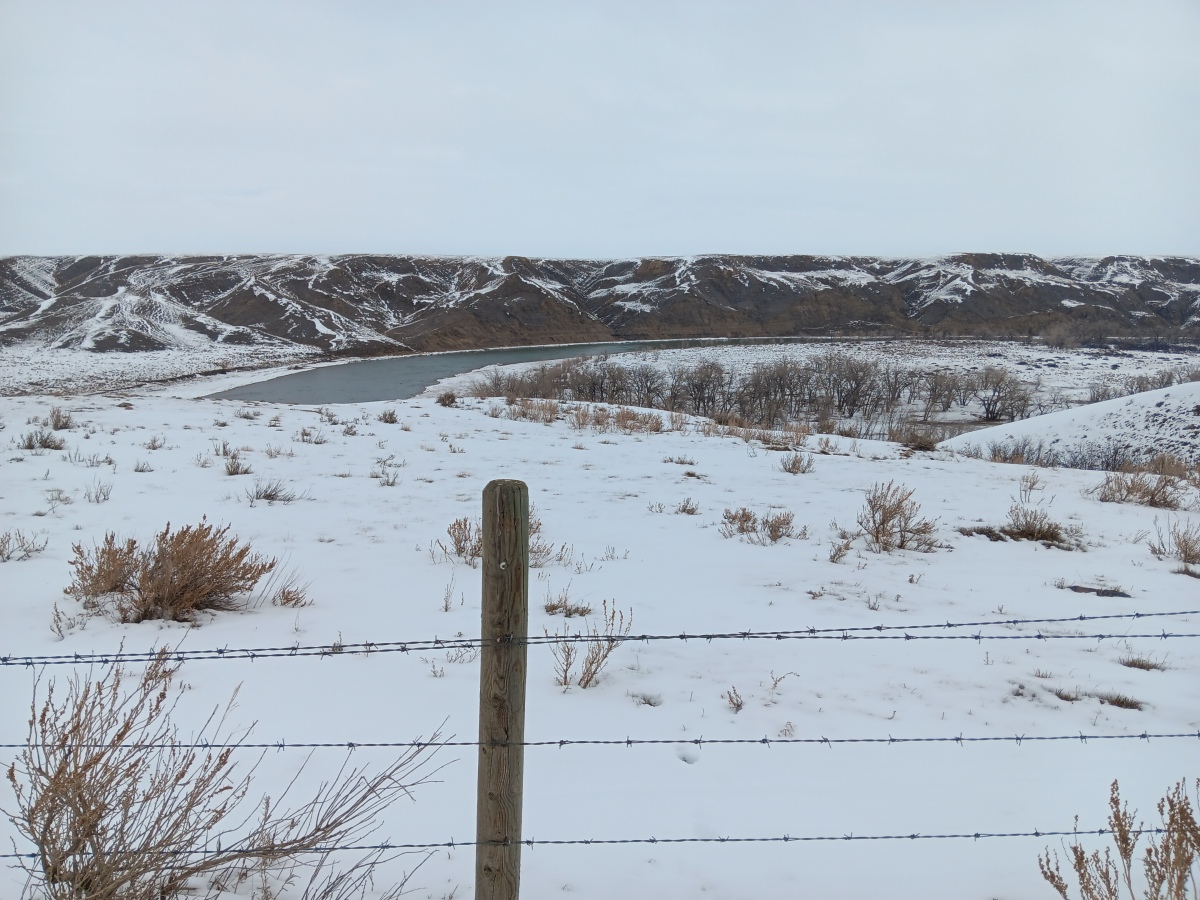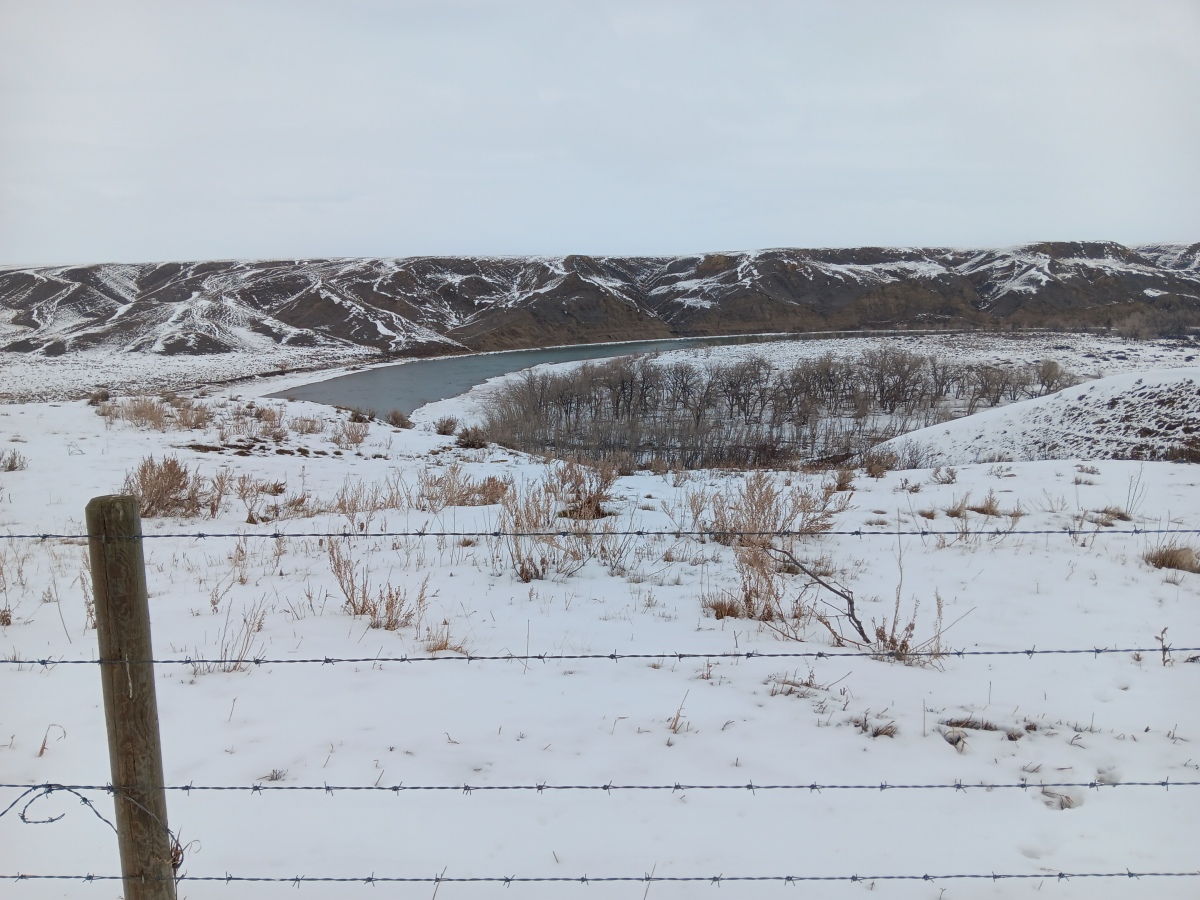<< Our Photo Pages >> Fincastle Grazing Reserve Bison Kill - Ancient Mine, Quarry or other Industry in Canada
Submitted by bat400 on Tuesday, 17 March 2015 Page Views: 2956
DigsSite Name: Fincastle Grazing Reserve Bison KillCountry: Canada
NOTE: This site is 14.775 km away from the location you searched for.
Type: Ancient Mine, Quarry or other Industry
Latitude: 49.915000N Longitude: 111.892W
Condition:
| 5 | Perfect |
| 4 | Almost Perfect |
| 3 | Reasonable but with some damage |
| 2 | Ruined but still recognisable as an ancient site |
| 1 | Pretty much destroyed, possibly visible as crop marks |
| 0 | No data. |
| -1 | Completely destroyed |
| 5 | Superb |
| 4 | Good |
| 3 | Ordinary |
| 2 | Not Good |
| 1 | Awful |
| 0 | No data. |
| 5 | Can be driven to, probably with disabled access |
| 4 | Short walk on a footpath |
| 3 | Requiring a bit more of a walk |
| 2 | A long walk |
| 1 | In the middle of nowhere, a nightmare to find |
| 0 | No data. |
| 5 | co-ordinates taken by GPS or official recorded co-ordinates |
| 4 | co-ordinates scaled from a detailed map |
| 3 | co-ordinates scaled from a bad map |
| 2 | co-ordinates of the nearest village |
| 1 | co-ordinates of the nearest town |
| 0 | no data |
Be the first person to rate this site - see the 'Contribute!' box in the right hand menu.
Internal Links:
External Links:

Radiocarbon dated to 2500 years ago, this kill site did not involve "jumping" Bison from a cliff, but instead suggests that the hunters stalked and ambushed the herd as it watered in marshy land. Penned in by sand dunes, the bison would have had limited escape routes.
A dig performed by the University of Lethbridge and the Archaeological Survey of Alberta has discovered over 100 projectile points and eight unusual arrangements of bison bones found standing on end, perched in precise, almost sculptural patterns.
The projectile points reflect two different and distinct styles associated with different pre-contact cultures; one associated with the Besant Phase, a cultural complex more often found to the east, and the Sonota, which was based in what’s now the Dakotas. This find indicates these two cultural groups may have been working on the Alberta plains at least 500 years earlier than previously thought. The site lies within the public land of the Fincastle Grazing Reserve. The location linked is for Purple Springs, the nearest village and does not reflect the actual site of the dig.
Note: 2,500-Year-Old Bison-Kill Site Offers New Clues Into Ancient Culture of Northern Plains
You may be viewing yesterday's version of this page. To see the most up to date information please register for a free account.


Do not use the above information on other web sites or publications without permission of the contributor.
Click here to see more info for this site
Nearby sites
Click here to view sites on an interactive map of the areaKey: Red: member's photo, Blue: 3rd party photo, Yellow: other image, Green: no photo - please go there and take one, Grey: site destroyed
Download sites to:
KML (Google Earth)
GPX (GPS waypoints)
CSV (Garmin/Navman)
CSV (Excel)
To unlock full downloads you need to sign up as a Contributory Member. Otherwise downloads are limited to 50 sites.
Turn off the page maps and other distractions
Nearby sites listing. In the following links * = Image available
64.9km WNW 290° Sundial Medicine Wheel* Ring Cairn
83.1km NNW 334° Majorville Medicine Wheel* Round Cairn
86.5km E 82° Saami Giant Teepee* Ancient Village or Settlement
94.7km SSE 168° Writing-on-Stone Provincial Park* Rock Art
124.4km ESE 102° Stampede Site* Ancient Mine, Quarry or other Industry
128.5km W 260° Head-Smashed-In Buffalo Jump* Ancient Mine, Quarry or other Industry
178.3km WNW 300° Big Rock (Alberta) Rock Art
204.3km NW 311° Ootssip'tomowa Look Out Hill* Hill Figure or Geoglyph
250.7km WSW 241° Crystal Lakes Golf Course Stonehenge* Modern Stone Circle etc
272.2km S 174° First Peoples Buffalo Jump* Natural Stone / Erratic / Other Natural Feature
375.2km S 181° Megaliths Of Helena* Natural Stone / Erratic / Other Natural Feature
391.0km WSW 249° Priest Lake Pictographs Rock Art
427.8km NW 308° Cataract Creek Petroglyphs* Rock Art
450.2km NE 53° Wanuskewin Heritage Park* Museum
473.5km WSW 242° Indian Painted Rocks (Spokane) Rock Art
531.4km SSE 150° Pictograph Caves* Rock Art
551.1km SW 226° Red Elk Rock Shelter* Rock Art
555.0km SSE 155° Valley of the Shields* Rock Art
557.9km SW 219° Cooper's Ferry Archaeological Site* Ancient Village or Settlement
573.0km S 171° Obsidian Cliff* Ancient Mine, Quarry or other Industry
575.4km WSW 254° Balance Rock Omak* Natural Stone / Erratic / Other Natural Feature
602.2km SSE 154° Petroglyph Canyon (Cowley)* Rock Art
618.9km SSE 169° Yellowstone Lake* Ancient Village or Settlement
621.0km SW 217° Snake River Archaeological Site* Rock Art
627.9km SSE 164° Mummy Cave* Cave or Rock Shelter
View more nearby sites and additional images






 We would like to know more about this location. Please feel free to add a brief description and any relevant information in your own language.
We would like to know more about this location. Please feel free to add a brief description and any relevant information in your own language. Wir möchten mehr über diese Stätte erfahren. Bitte zögern Sie nicht, eine kurze Beschreibung und relevante Informationen in Deutsch hinzuzufügen.
Wir möchten mehr über diese Stätte erfahren. Bitte zögern Sie nicht, eine kurze Beschreibung und relevante Informationen in Deutsch hinzuzufügen. Nous aimerions en savoir encore un peu sur les lieux. S'il vous plaît n'hesitez pas à ajouter une courte description et tous les renseignements pertinents dans votre propre langue.
Nous aimerions en savoir encore un peu sur les lieux. S'il vous plaît n'hesitez pas à ajouter une courte description et tous les renseignements pertinents dans votre propre langue. Quisieramos informarnos un poco más de las lugares. No dude en añadir una breve descripción y otros datos relevantes en su propio idioma.
Quisieramos informarnos un poco más de las lugares. No dude en añadir una breve descripción y otros datos relevantes en su propio idioma.